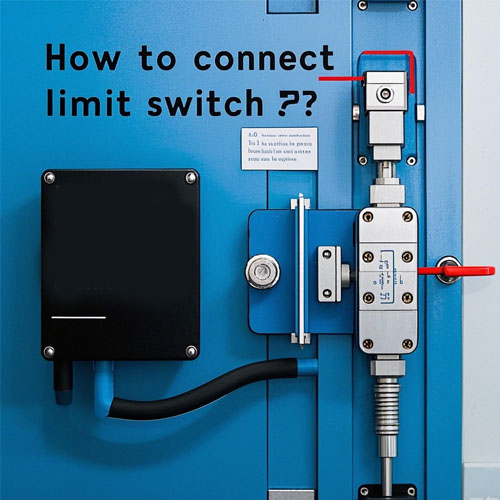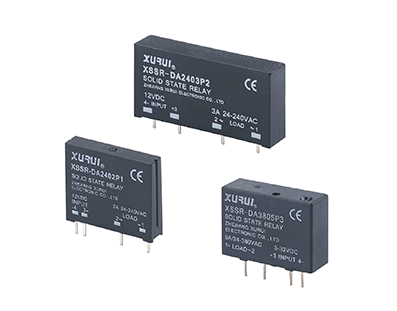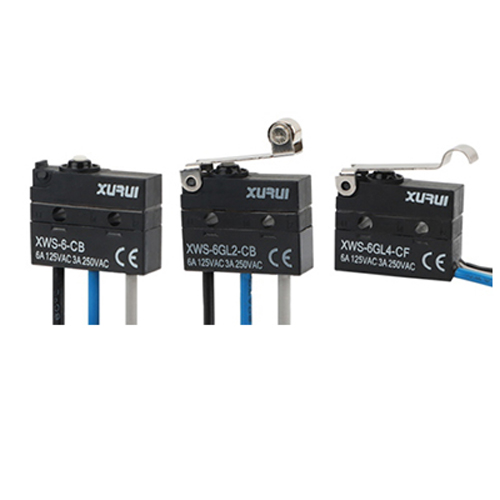A footswitch, also known as a foot pedal switch, is an electro-mechanical device designed to control electrical circuits through foot-operated actuation. Widely utilized in industrial, medical, and musical equipment, footswitches enhance operational efficiency by enabling hands-free control. This article explores the working principles, internal components, and applications of footswitches.
Core Mechanism of a Footswitch
A footswitch operates by completing or interrupting an electrical circuit via physical pressure applied to its pedal. Internally, it comprises:
1. Contacts: Conductive metal components that connect or disconnect to transmit electrical signals.
2. Spring Mechanism: Returns the pedal to its default position after actuation.
3. Housing: A durable enclosure ensuring protection against environmental factors like dust, moisture, or mechanical stress.
When the pedal is depressed, the internal contacts close, allowing current to flow through the circuit. Releasing the pedal disengages the contacts, breaking the circuit. Foot switch may feature normally open (NO) or normally closed (NC) configurations, depending on the application’s requirements.
Foot switch applications in multiple industries
1. Medical Equipment: Controls surgical tools, imaging devices, or dental instruments to maintain sterile workflows.
2. Industrial Machinery: Activates presses, CNC machines, or assembly lines for precision and safety.
3. Audio/Visual Systems: Manages recording devices, lighting, or musical instruments in performance settings.
4. Accessibility Tools: Empowers users with mobility challenges to operate electronics independently.
Design Considerations for Optimal Performance
• Durability: High-grade materials (e.g., stainless steel, industrial plastics) ensure longevity under repetitive use.
• Safety: Insulated housings and compliance with standards (e.g., IP67, UL certification) prevent electrical hazards.
• Ergonomics: Non-slip pedals and adjustable resistance cater to user comfort and operational precision.
Conclusion
Footswitches provide a reliable, hands-free solution for controlling electrical systems across diverse sectors. Understanding their mechanism—centered on contact engagement and spring-driven actuation—helps industries select models tailored to voltage, current, and environmental needs. By integrating robust designs and safety features, modern footswitches remain critical to enhancing productivity and operational safety.










